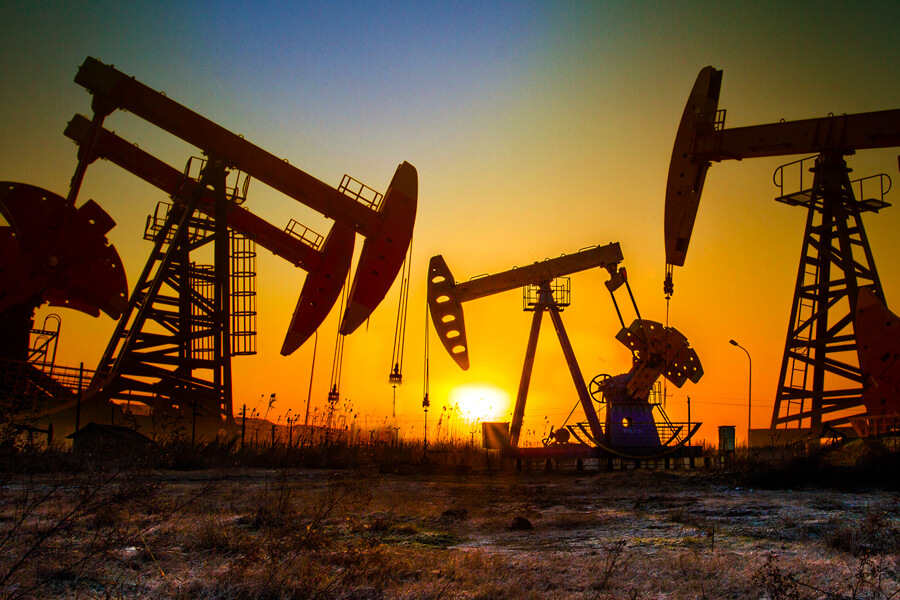The Conference Board of Canada’s Chief Economist, Pedro Antunes offers insights on Canada’s Energy Sector.
In the midst of a global collapse in demand for oil, Saudi Arabia and Russia have embarked on a price war that has brought oil prices down to rock bottom levels—putting at risk many companies in Canada’s energy sector.
- West Texas Intermediate (WTI), the North American benchmark for light crude, was selling for below US$20 per barrel yesterday, down from an average of well over US$50 in January and February this year.
- Heavy oil from Canada’s oilsands typically sells at a discount to WTI. Yesterday the price of Western Canada Select fell to a record low of below US$4 a barrel.
- The global pandemic has essentially shut down demand for air travel. Social distancing measures, now being implemented in much of the world, are reducing automobile and other passenger traffic. Some estimates suggest that global demand for oil could be down by as much as 2 million barrels per day (bpd) in 2020.
- Thanks to new technology, shale production has bolstered the United States to the number 1 spot in oil production. U.S. oil production reached 13 million bpd in February this year, up from levels that averaged roughly 9.3 million bpd in 2017.
- In addition, on March 6, OPEC and Russia failed to come to an agreement to curtail production. Instead, Saudi Arabia and Russia have each vowed to increase output in a bid to gain market share—sending oil prices plummeting.
- The moves could be considered predatory pricing—flooding the market with oil to knock down oil production elsewhere. Current prices are well below cost for most U.S. drillers.
- Prior to the coronavirus pandemic, Canadian energy companies were already facing a difficult situation due oil prices collapsing in late 2014 and, in 2019, transportation bottlenecks that resulted in production curtailments in Alberta.
- Oil prices at current levels will shut in production for much of Canada’s conventional drilling.
- Offshore and oilsands production will hold up because it is too costly to shut down most operations. However, revenues will be cut drastically for Canadian energy companies, forcing cutbacks to already low capital spending budgets.
- Steep declines in royalty revenues and corporate income taxes will put significant pressure on federal and provincial government finances for Alberta, Saskatchewan and Newfoundland and Labrador.


